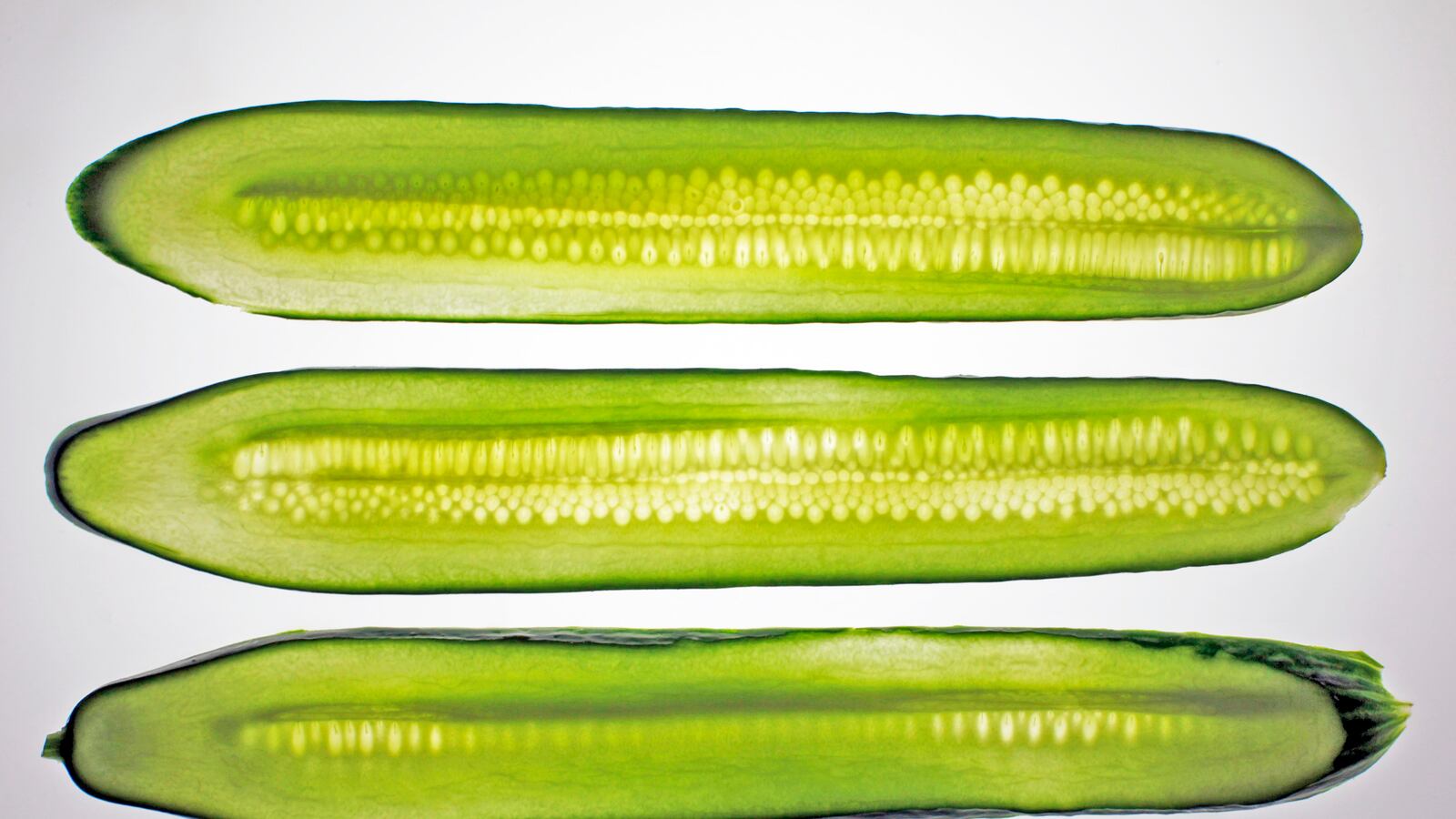By Emily Faherty for Life by DailyBurn
When it comes to a sweaty summer workout, we love a water break reward as much as the next fitness fiend. But as the mercury rises, it’s more important than ever to focus on our fluids all day long. After all, water is the most essential nutrient our system needs.
“Our bodies are made up of more than half water and we use it for pretty much every bodily function—from regulating body temperature to removing waste to lubricating joints to carrying oxygen to the cells.” says Rachel Berman, a registered dietician and director of About.com Health. “That’s why you feel so fatigued, dizzy and moody when you’re dehydrated.”
While it’s true a tall glass of water is the best known way to stay hydrated, there are plenty of alternative options if you don’t like the taste of tap or couldn’t be bothered with bottled water. Sure, you can infuse plain ol’ drinking water with flavorful fruits like lemons and raspberries. But you can also reach for some of these water-rich foods and fluids that keep the H2O balance just right—and won’t require so many trips to the water cooler!
Eat It Up
Who says you can’t have your water—and eat it, too? According to the Institute of Medicine’s recommendations we should eat 20 percent of our daily water intake. Soup, yogurt and oatmeal are all great fluid-filled foods, but these summer-friendly fruits and veggies can also help with hydration. Next time you’re feeling thirsty, pile these on your plate.
1. Watermelon In the world of thirst quenchers, watermelon weighs in as a major contender. Based on its name, it’s no surprise this fruit is made up of 92 percent water! But its salt, calcium and magnesium is what makes it ideal for rehydration, according to a 2009 study at the University of Aberdeen Medical School. The summertime staple is also a good source of potassium, vitamin A and vitamin C.
2. Celery This often-overlooked veggie is way more than chicken wing garnish! Celery stalks are about 95 percent water, high in fiber and rich in minerals including potassium and vitamin K. Keep in mind, “they’re not packed with nutrients, but that’s also because they’re not calorie-dense,” says Berman. “Plus, it’s nice to add a bit of crunch [for texture].”
3. Cucumbers No matter how you slice ‘em and dice ‘em, cucumbers keep cool at the number one spot on the list of water-logged fruits and vegetables. At 96 percent water, cukes have no saturated fat or cholesterol, and are very high in vitamin K, vitamin B6 and iron. Cucumber and melon bites, anyone?
4. Strawberries Even without the shortcake, strawberries are a sweet treat perfect for staying hydrated. They are 92 percent water (the most of any berry) and are loaded with fiber and vitamin C—as if you needed an excuse to sip on this refreshing summer cocktail!
5. Lettuce Iceberg lettuce may be 96 percent water, but it’s not known for much else in the nutrition department. Richer salad greens and sandwich toppers including butterhead, romaine and spinach are more well-rounded choices and still up your hydration. Need some inspiration? Start with these creative, healthy salads.
Drink It Down
Most beverages (non-alcoholic, of course) will help contribute to your daily water intake. But here are five drinks that will give you some extra benefits, too. Yes, even coffee!
6. Fat-free or skim milk Everyone knows milk is an excellent source of calcium that will keep your bones in tip-top shape. But research also shows milk is better than water and sports drinks for rehydration and recovery after exercise (yup, especially chocolate milk). Just be sure to choose a slimmed-down carton since the fat in whole milk can delay fluid replacement.
7. Smoothies Can’t choose just one hydrating option? Slurping down a DIY smoothie is a great way to combine your favorite flavors into one nutritionally-packed glass. “And it only takes seconds to scarf down!” says Berman. Try drinking your fruits and veggies with these healthy (and tasty) green smoothie recipes.
8. Sports drinks Sugar and sodium are good things when it comes to sports drinks! In addition to the electrolytes and protein included in most on the market, the sugar and sodium can bring your body back to balance faster than water after a grueling workout lasting over 90 minutes. For shorter workouts, sports drinks may just mean a lot of extra carbs you don’t need. To cut some calories (and save some money), make your own sports drinks at home.
9. Coconut water There’s a reason people go nuts for this tropical drink. Unlike sports beverages, coconut water is low in carbohydrates, while still rich in potassium. And its unsweetened varieties can be very hydrating (assuming you like its unique taste). According to a study in the Medicine & Science in Sports & Exercise, the all-natural beverage is effective in rehydrating after light exercise. But for more rigorous sweat sessions, the low-sodium drink does come up short in replenishing the salt your body loses.
10. Coffee Isn’t coffee a diuretic? Well, yes, but a recent study in PLOS ONE debunks the myth that it also causes dehydration. Not only will your daily cup contribute to your water needs, coffee can also give you a sharper memory, boost athletic endurance and performance, and reduce the risk of many serious ailments including diabetes and heart disease.
How Much Water Do We Really Need?
Whether you eat it or drink it, don’t stop ‘til you get enough. According to Berman that’s not as simple as the old-school “eight glasses a day” rule we were all taught.
“It’s not the recommendation,” she says. “But it’s also not that far off. For women, it’s about 11 cups and for men it’s about 15 cups. But remember, that includes 20 percent from food.”
When you’re exercising, you should be sipping even more for optimal performance, Berman adds. “It’s variable based on your bodyweight and how intense you’re working out, but the American College of Sports Medicine recommends 16 to 20 ounces at least four hours before exercise and three to eight ounces every 15 minutes during exercise (especially in hot temperatures).”
If you’re working out at a high intensity, Berman says to weigh yourself before and after exercise to get a more accurate idea of how much water you’re losing. “For every pound lost, you’re supposed to drink 20 to 24 ounces,” she says. “It’s a good mental trigger to remind yourself to keep drinking.”
Most of us need this reminder, as we may not even realize we’re dehydrated—until it’s too late. While common signs of dehydration include fatigue, headaches, nausea and dizziness, Berman says the best (and easiest) way to see if you’re getting enough water is to take a peek at your pee.
“Your urine should be a pale yellow color,” she says. “If it’s darker than that, drink some water. If you’re not getting up and running to the bathroom every hour, you’re not drinking enough. That’s the telltale sign.”
MORE FROM DAILYBURN:






